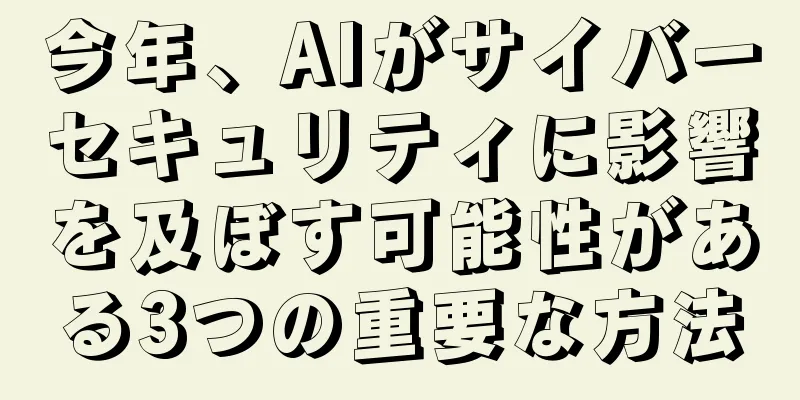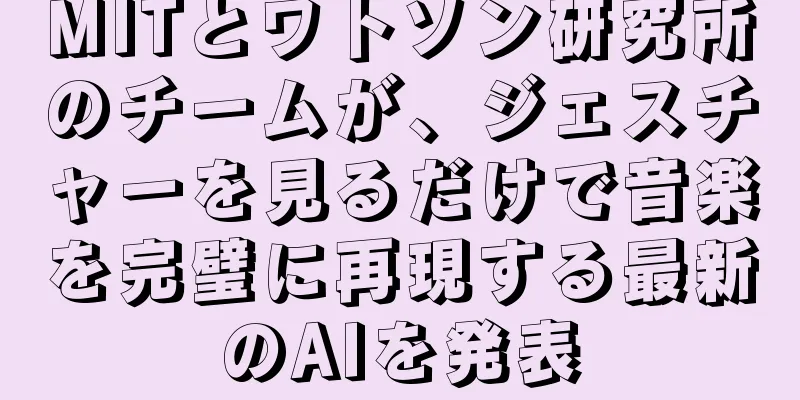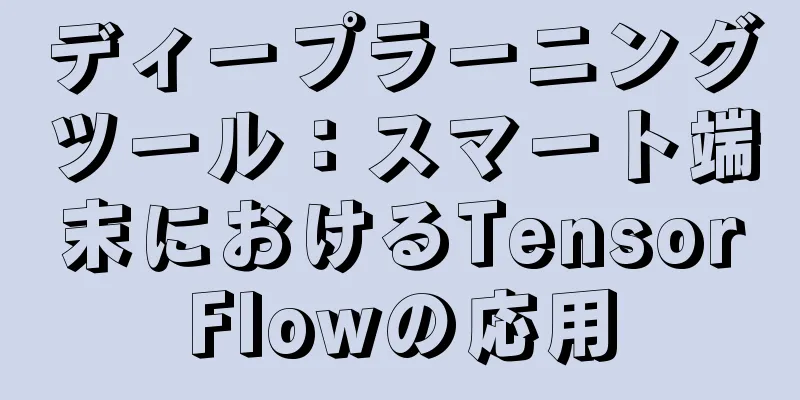|
この記事では、コンピューター ビジョンにおけるオブジェクト検出問題を解決するときに画像データに対して実行される前処理手順について説明します。 まず、コンピューター ビジョンにおけるオブジェクト検出に適したデータを選択することから始めましょう。コンピューター ビジョンでオブジェクト検出に最適な画像を選択するときは、強力で正確なモデルのトレーニングに最も価値をもたらす画像を選択する必要があります。最適な画像を選択するときは、次の要素を考慮してください。 - オブジェクト カバレッジ: オブジェクト カバレッジが良好な画像、つまり、関心のあるオブジェクトが画像内で適切に表現され、表示されている画像を選択します。オブジェクトが遮られていたり、重なっていたり、部分的に切り取られている画像では、トレーニング データとしての価値が低くなる可能性があります。
- ターゲットバリエーション: オブジェクトの外観、ポーズ、スケール、照明条件、背景にバリエーションがある画像を選択します。モデルが適切に一般化されるように、選択した画像はさまざまなシナリオをカバーする必要があります。
- 画像品質: 高品質で鮮明な画像を優先します。ぼやけた画像、ノイズの多い画像、解像度の低い画像は、モデルがオブジェクトを正確に検出する能力に悪影響を及ぼす可能性があります。
- 注釈の精度: 画像内の注釈の精度と品質を確認します。正確で精度の高い境界ボックス注釈が付いた画像は、より良いトレーニング結果に貢献します。
- クラスのバランス: 異なるオブジェクト クラス間で画像のバランスが取れていることを確認します。データセット内の各クラスがほぼ均等に表現されるため、モデルはトレーニング中に特定のクラスを優先したり無視したりすることがなくなります。
- 画像の多様性: さまざまなソース、角度、視点、設定からの画像を含めます。この多様性により、モデルは新しいデータや未知のデータに対して適切に一般化できるようになります。
- 困難なシーン: これには、遮蔽物のあるオブジェクト、雑然とした背景、またはさまざまな距離にあるオブジェクトを含む画像が含まれます。これらの画像は、モデルが現実世界の複雑さに対処する方法を学習するのに役立ちます。
- 代表的なデータ: 選択する画像が、モデルが現実世界で遭遇する可能性のあるオブジェクトの分布を代表するものであることを確認します。データセット内の偏りやギャップにより、トレーニング済みモデルのパフォーマンスに偏りが生じたり、制限されたりする可能性があります。
- 冗長性を避ける: 偏りが生じたり、特定のインスタンスが過剰に表現されたりしないように、データセットから類似度の高い画像や重複する画像を削除します。
- 品質管理: データセットの品質チェックを実行して、選択した画像が必要な基準を満たしており、異常、エラー、アーティファクトがないことを確認します。
オブジェクト検出タスクの特定の要件と利用可能なデータセットに応じて、選択プロセスに主観的な決定が含まれる可能性があることに注意することが重要です。これらの要素を考慮すると、オブジェクト検出モデルのトレーニング用に、多様でバランスのとれた代表的なデータセットをキュレートするのに役立ちます。 それでは、Python でオブジェクト検出用のデータを選択する方法を見てみましょう。以下は、コンピューター ビジョンの検出問題に対して、特定の基準 (画像の品質、オブジェクトの範囲など) に基づいてデータセットから最適な画像を選択する方法を示すサンプル Python スクリプトです。この例では、注釈付きの画像を含むデータセットがあり、特定の基準 (画像の品質、オブジェクトの範囲など) に基づいて最適な画像を識別することを想定しています。 import cv2 import os import numpy as np # Function to calculate image quality score (example implementation) def calculate_image_quality(image): # Add your image quality calculation logic here # This could involve techniques such as blur detection, sharpness measurement, etc. # Return a quality score or metric for the given image return 0.0 # Function to calculate object coverage score (example implementation) def calculate_object_coverage(image, bounding_boxes): # Add your object coverage calculation logic here # This could involve measuring the percentage of image area covered by objects # Return a coverage score or metric for the given image return 0.0 # Directory containing the dataset dataset_dir = “path/to/your/dataset” # Iterate over the images in the dataset for image_name in os.listdir(dataset_dir): image_path = os.path.join(dataset_dir, image_name) image = cv2.imread(image_path) # Example: Calculate image quality score quality_score = calculate_image_quality(image) # Example: Calculate object coverage score bounding_boxes = [] # Retrieve bounding boxes for the image (you need to implement this) coverage_score = calculate_object_coverage(image, bounding_boxes) # Decide on the selection criteria and thresholds # You can modify this based on your specific problem and criteria if quality_score > 0.8 and coverage_score > 0.5: # This image meets the desired criteria, so you can perform further processing or save it as needed # For example, you can copy the image to another directory for further processing or analysis selected_image_path = os.path.join(“path/to/selected/images”, image_name) cv2.imwrite(selected_image_path, image) この例では、特定のニーズに応じて calculate_image_quality() 関数と calculate_object_coverage() 関数を実装する必要があります。これらの関数は、画像を入力として受け取り、それぞれ品質スコアとカバレッジスコアを返します。 データセットが配置されているディレクトリに応じて、dataset_dir 変数をカスタマイズする必要があります。スクリプトはデータセット内の画像を反復処理し、各画像の品質とカバレッジ スコアを計算し、選択基準に基づいて最適な画像を決定します。この例では、品質スコアが 0.8 を超え、カバレッジ スコアが 0.5 を超える画像が最適な画像と見なされます。特定のニーズに応じて、これらのしきい値を変更できます。特定の検出問題、注釈形式、最適な画像を選択するための基準に合わせてスクリプトを調整することを忘れないでください。 以下は、コンピューター ビジョンを使用して画像データを前処理し、物体検出の問題を解決する方法を段階的に示す Python スクリプトです。このスクリプトでは、Pascal VOC や COCO などの画像データセットと、対応する境界ボックスの注釈があることを前提としています。 import cv2 import numpy as np import os # Directory paths dataset_dir = “path/to/your/dataset” output_dir = “path/to/preprocessed/data” # Create the output directory if it doesn't exist if not os.path.exists(output_dir): os.makedirs(output_dir) # Iterate over the images in the dataset for image_name in os.listdir(dataset_dir): image_path = os.path.join(dataset_dir, image_name) annotation_path = os.path.join(dataset_dir, image_name.replace(“.jpg”, “.txt”)) # Read the image image = cv2.imread(image_path) # Read the annotation file (assuming it contains bounding box coordinates) with open(annotation_path, “r”) as file: lines = file.readlines() bounding_boxes = [] for line in lines: # Parse the bounding box coordinates class_id, x, y, width, height = map(float, line.split()) # Example: Perform any necessary data preprocessing steps # Here, we can normalize the bounding box coordinates to values between 0 and 1 normalized_x = x / image.shape[1] normalized_y = y / image.shape[0] normalized_width = width / image.shape[1] normalized_height = height / image.shape[0] # Store the normalized bounding box coordinates bounding_boxes.append([class_id, normalized_x, normalized_y, normalized_width, normalized_height]) # Example: Perform any additional preprocessing steps on the image # For instance, you can resize the image to a desired size or apply data augmentation techniques # Save the preprocessed image preprocessed_image_path = os.path.join(output_dir, image_name) cv2.imwrite(preprocessed_image_path, image) # Save the preprocessed annotation (in the same format as the original annotation file) preprocessed_annotation_path = os.path.join(output_dir, image_name.replace(“.jpg”, “.txt”)) with open(preprocessed_annotation_path, “w”) as file: for bbox in bounding_boxes: class_id, x, y, width, height = bbox file.write(f”{class_id} {x} {y} {width} {height}\n”) このスクリプトでは、dataset_dir 変数と output_dir 変数をカスタマイズして、それぞれデータセットが保存されるディレクトリと前処理されたデータを保存するディレクトリを指すようにする必要があります。スクリプトはデータセット内の画像を反復処理し、対応する注釈ファイルを読み取ります。注釈ファイルには、各オブジェクトの境界ボックス座標 (カテゴリ ID、x、y、幅、高さ) が含まれていると想定します。 ループ内で必要なデータ前処理手順を実行できます。この例では、境界ボックスの座標を 0 から 1 の間の値に正規化します。また、画像を目的のサイズに変更したり、データ拡張技術を適用したりするなど、他の前処理手順を実行することもできます。前処理された画像と注釈は、元のファイルと同じファイル名で出力ディレクトリに保存されます。特定のデータセット形式、注釈スタイル、および前処理要件に合わせてスクリプトを調整してください。 | 









